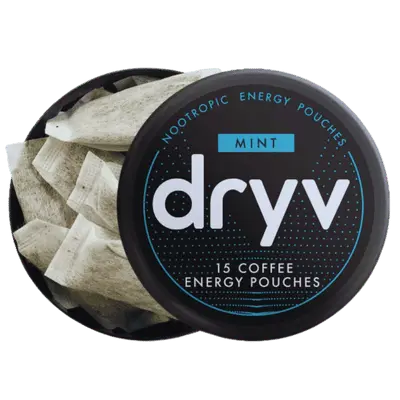
Introduction
Caffeine pouches have become a trendy way to get a quick energy boost. With busy schedules and the constant demand for productivity, many people are turning to these convenient caffeine sources. But are they safe?
You might be curious about these pouches if you rely on caffeine to power through long workdays.
Caffeine pouches are popular among professional athletes for their quick energy boost.
Do Coffee Pouches Have Caffeine?
Yes, coffee pouches contain caffeine. The amount can vary, but they have a caffeine content similar to a small cup of coffee. A coffee pouch contains about 25-80 mg of caffeine.
What Are Caffeine Pouches?

Caffeine pouches are small, teabag-like pouches filled with caffeine and other ingredients. Nicotine pouches inspired them and offered a smokeless, spit-free way to consume caffeine.
Common Ingredients
Most caffeine pouches contain a blend of caffeine, sweeteners, flavorings, and sometimes vitamins and minerals. The caffeine is often derived from coffee or tea, and the flavorings range from mint to fruity varieties.
How to consume?
To use a caffeine pouch, place it between your gum and cheek. The caffeine is absorbed through the mucous membrane, entering the bloodstream quickly. This method bypasses the digestive system, offering a faster caffeine hit than drinks.
Benefits of Caffeine Pouches
Side Effects
Are there any alternatives to caffeine pouches?
we have to see what are the alternatives to caffeine pouches and how do they differ:
You can switch onto other alternatives if you are sensitive to caffeine.
FAQ: Are Caffeine Pouches Bad for You?
Are Caffeine Pouches Safe for Long-Term Use?
Moderate use of caffeine pouches is generally safe, but long-term effects require more research.
Can Caffeine Pouches Help with Athletic Performance?
Caffeine pouches can enhance physical performance by increasing endurance and reducing fatigue.
What Are the Signs of Caffeine Addiction?
Signs include needing more caffeine for the same effect, experiencing withdrawal symptoms, and prioritizing caffeine use over other activities.
How Can I Reduce My Caffeine Intake Without Losing Energy?
Gradually reduce caffeine intake and adopt a balanced diet, regular exercise, and adequate sleep to maintain energy levels
Do Caffeine Pouches Have Nicotine?
No, caffeine pouches do not contain nicotine.
Conclusion
Caffeine pouches offer a convenient and efficient way to consume caffeine. While they provide several benefits, including improved alertness and physical performance, they pose potential risks if overused. Understanding these aspects can help you make informed choices about using caffeine pouches.







